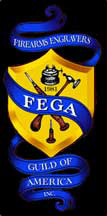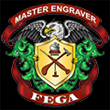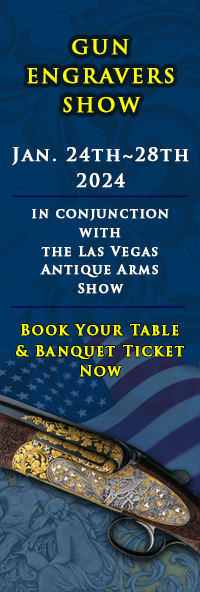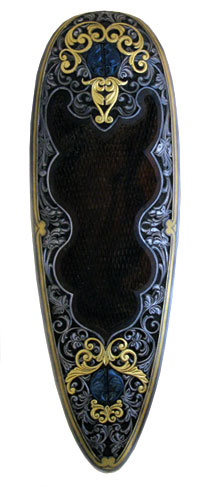| scrolls and black leaf |
Could anyone tell me what the "german black leaf" looks like in Real Life? Is it a Real Plant, or Leaf? If it is not a real leaf, what kind of plant is it a Styilized version of? The same with scrolls. Are they vines from a certaqin type of plant? Grape plant? If anyone can help me with this I sure appreciate it.
Thanks a Million. William
William Dietz
8/28/2006 12:57:46 PM

![]()
![]()
![]()
|
Hello William, and welcome.
I expect you will get many replies with different opinions.
Scroll dates way back into early history and I doubt that anyone has a "for sure" answer to your larger question.
Many forms of early art work are thought by some to be part of a religious
prayer for food and the return of plenty.
Some think this is the origin of the cave painting of animals. An omen for a good hunt and the return of the herds.
Others say that scroll depicts the sea shell used for food.
Then some say it is the grape vine and leaves, also a food item.
I was taught that the small single line English scroll depicts a young, unopened Fiddle Head Fern.
This was a highly prised food item by the hunter/gatherers after a bleak winter season without fruit or vegetables.
I don't know that anyone has the whole answer for sure.
Someone else can try to give you the true answer about German Black Leaf.
I tend to think it was a later highly developed, beautiful decorative scroll form made up out of a combination of leaf shapes used in traditional art.
Just my two cents worth.
John.
John Barraclough
8/28/2006 2:09:14 PM

![]()
![]()
![]()
|
Thanks for the very informative answer Mr. Barraclough. After reading it, I started thinking about it, and I yes I do believe that in many of the religous writings there are decorations with scrolls and other vines and leaves.
So basically scroll has evolved from the early centuries into what it is today, and that there are no "real plants, or leaves that we could look at today to draw from. I wonder if that applies to the German Black Leaf also?
You were a great help I thank you.
William
William Dietz
8/29/2006 8:06:35 PM

![]()
![]()
![]()
|
Hello William, I found your question very interesting, for I don't ever remember hearing the term "german black leaf scroll" before. So I did a little search with "ask jeeves" and found a web site by an engraver named Glimm's. The site is www.gunengraver.biz, he has a picture of a ruger redlable that he engraved with what he calls "german black leaf scroll". It looks like the same type of leafy scroll that Churchill likes to do. That is all that I found. Good luck, Ed DeLorge
Edward DeLorge
8/29/2006 11:55:50 PM

![]()
![]()
![]()
|
Hi William
Down here in New Zealand a scroll is more commonly referred to as a Koru. It’s the Maori (indigenous native New Zealanders) word for the small tightly wound immature fern head. A lot of their traditional art and even contemporary art today is based on that pattern. The fern heads look very much like a tight English scroll just as John mentioned above.
When I show my family the engravings I do they still refer to the scroll work as a Koru design.
The photo of the immature fern heads is fairly self explanatory. The picture of the Maori warriors face (around mid 1800’s) has the traditional facial tattoos called Moko (mok-oo). As you can see it’s based heavily on the scroll design. Maori are thought to have come from the Pacific Islands approximately 800 years ago and land in New Zealand where they lived in relative isolation till the 1700’s. Europeans started coming en masse in the 1800’s. All of which means from Europe to the Pacific Islands to New Zealand, the spiral, scroll or koru has an obvious universal appeal that is recognised in some fairly diverse cultures.
Best regards
Andrew Biggs
Andrew Biggs
8/30/2006 7:19:20 AM

![]()
![]()
![]()
|
William.
just a couple more thoughts of things regarding your larger question about scrollwork.
Some forms of scroll were used in decoration, body and other as Andrew points out, by earlier people. The scroll buds that he pictured are almost the same shape as the Fiddlehead Fern.
Many of our current engravers use German Blackleaf or a slightly modified version of it in their current work. I'm sure you have seen it in the pictures posted on the FEGA forum main menu.
Another source to help you understand Blackleaf and the different styles of scrollwork would be the great book by Ron Smith.
It's also available on this FEGA forum. You may already have this.
Ron goes into all the different styles and some of the rules and history of scroll in general.
This great book helps us all appreciate and understand the subtle differences in the many beautiful types of scroll.
Best wishes, John
John Barraclough
8/30/2006 12:27:48 PM

![]()
![]()
![]()
|
I want to thank you all for your great responce to my question to the Scrolls and German Blackleaf. I will look up that web site as soon as I finish, and the responce from the man in New Zealand was really interesting. It does look like "our" scroll. So interesting. If I find out anytyhing that is of great importance as in your responces, I will leave another responce so you all will see it.
What I wanted to say before I go to that web site to look at the Ruger was, I am fairly new to engraving, and one of the important things to me is to develope my "own" style if I can, and not someone elses. So I was hoping to see the real Blackleaf in Nature so I could draw and engrave it in my own interpetation and style. I will keep trying. You Guys have been great in your help. Thanks a Million
William
William Dietz
8/30/2006 8:47:39 PM

![]()
![]()
![]()
|
Glad we could help, William.
You might consider copying, as close as you can, the scroll styles of one of the great engravers at first.
I believe Ron Smith suggests this in his valuable book.
You can't go wrong copying Ron's work as shown in the book.
This way you will understand the correct basics of scrollwork.
When you attempt to copy you will notice some differences between your work and the original.
Develop those differences that are pleasing and acceptable to you. Eliminate those that are not good.
That way you will have established your own style and stayed within the bounds of good design.
Unfortunatly, sometimes people stress their own style only to find out that it is not acceptable to the public.
Engraving seem to be evolution, not revolution.
Your own style will develop just like the differences in handwriting.
Hope this is a little more food for thought.
Best of luck with your engraving career, let us see some of your work.
John.
John Barraclough
8/31/2006 12:54:06 PM

![]()
![]()
![]()
|
John,
I appreciate that last little bit of advise. I have never looked at copying from that angle. I will try it and see what developes. Ron Smiths book is a real advantage, and a great resource.
Thanks again John.
William
William Dietz
9/1/2006 2:23:22 AM

![]()
![]()
![]()
|
There are some designs in the Cairo museun based on decorative paintings of payrus growing wild in hunting scenes on the floor tiles from Ankhnaton's (spelling?) palace. They are the earliest things I have seen that bear a resemblance, then there are many decorations at Nero's summer palce that look even more like it, and then a lot of stuff on the Ali Hussien Mosque in cairo that have the look, and the added aspect of being gold damascened on bronze. In the Vatican there are many fine exaples including wall decorative painting and even some excellent clean styles of arabesque marquetry on 16th century furniture that I think are typical of the "arabesque " title properly used.
One inspiration for these have been strawberry leaves, that can be seen in some of ken Hunts' work. Churchill refers to his as "lilies"
Barry Hands
9/30/2006 1:47:24 AM

![]()
![]()
![]()
|
We were chatting about the history of scroll, arabesque or blackleaf, and though we can only guess at who did what when, I thought I would post some pics I took.
The first from the Cairo museum, Akhenaten palce floor plaster, XVII th dynasty
Barry Hands
9/30/2006 1:45:31 PM
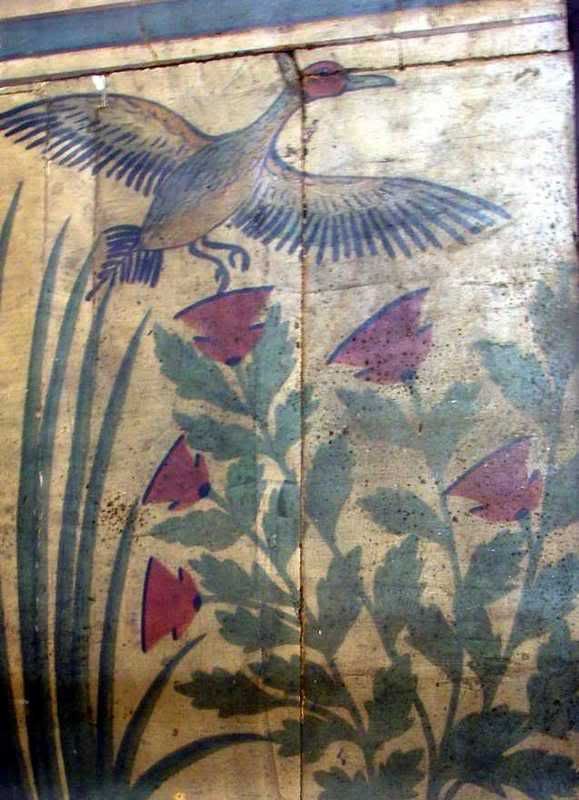
![]()
![]()
![]()
|
and another.
Barry Hands
9/30/2006 1:47:47 PM
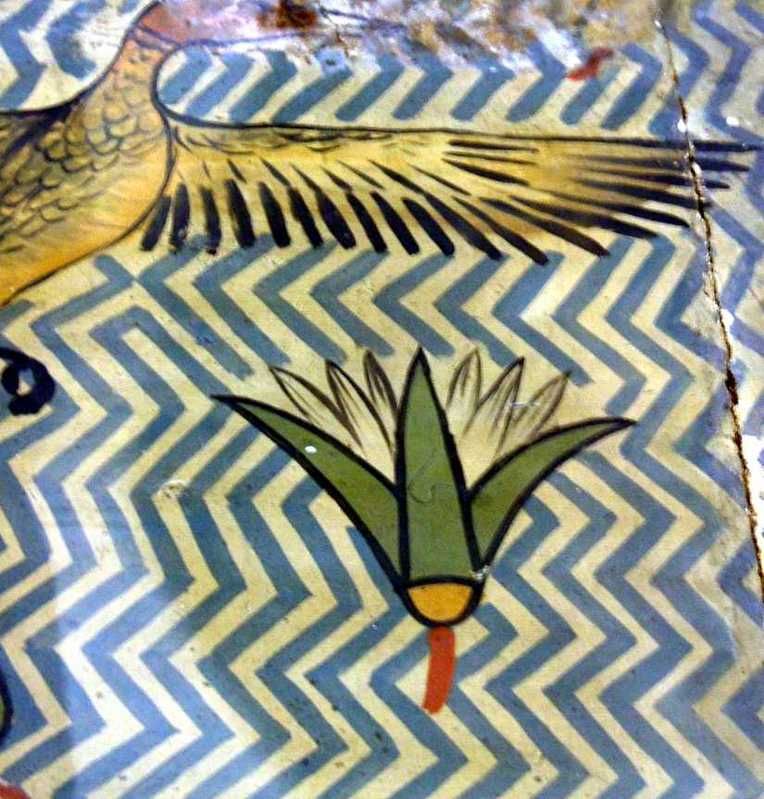
![]()
![]()
![]()
|
This is from Tutankhamens' sarchophigas, and a detail of the engraving at the bottom.
Barry Hands
9/30/2006 1:49:33 PM
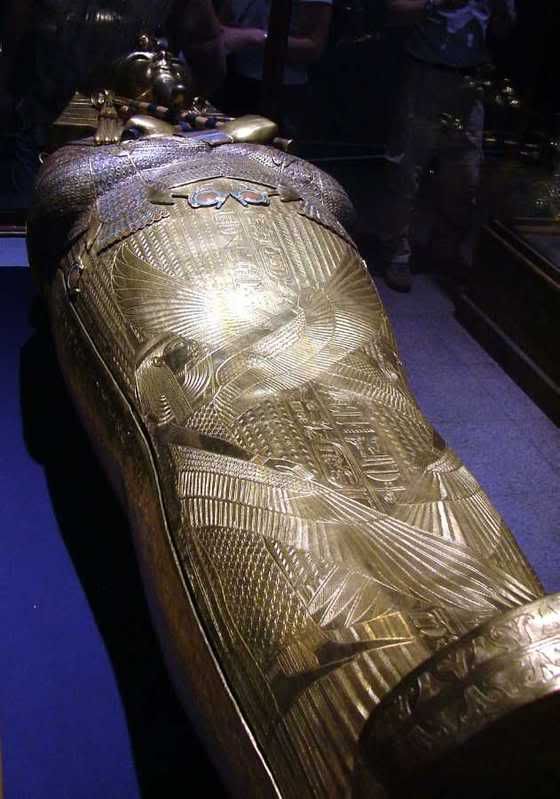
![]()
![]()
![]()
|
Barry Hands
9/30/2006 1:50:34 PM
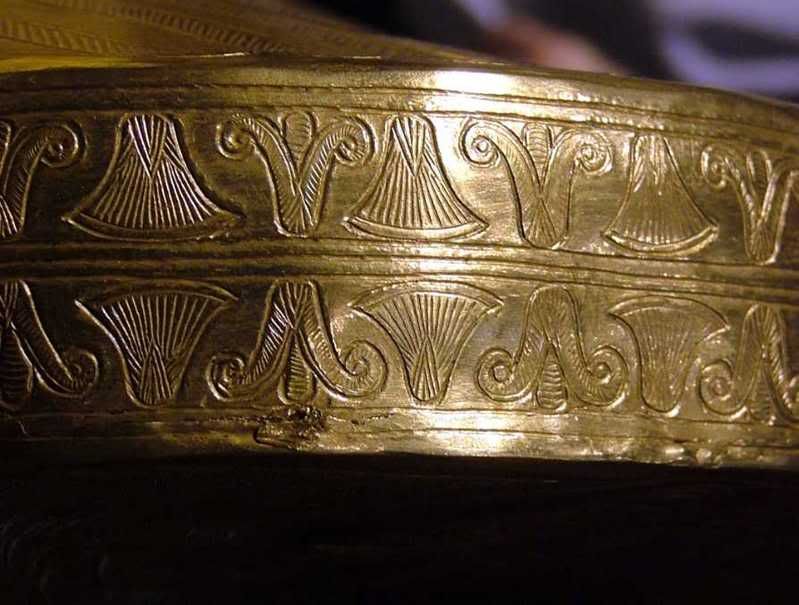
![]()
![]()
![]()
|
Next is a detail from the back of Tutankhamens famous death mask, which shot what appear to be incised lines from stone or iron gravers, as well as what may be stamped or punched work.
Barry Hands
9/30/2006 1:52:58 PM

![]()
![]()
![]()
|
In the next pic we jump forward almost one thousand years to a late fifth century BC (I think)Ionic column from Athens.
Barry Hands
9/30/2006 1:55:29 PM

![]()
![]()
![]()
|
Barry Hands
9/30/2006 1:56:07 PM
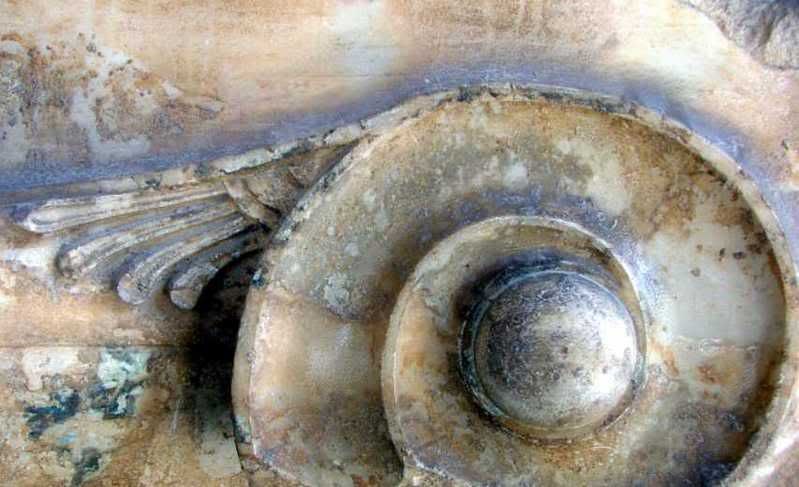
![]()
![]()
![]()
|
This is from Rome, a couple of hundred years later.
Barry Hands
9/30/2006 1:57:19 PM
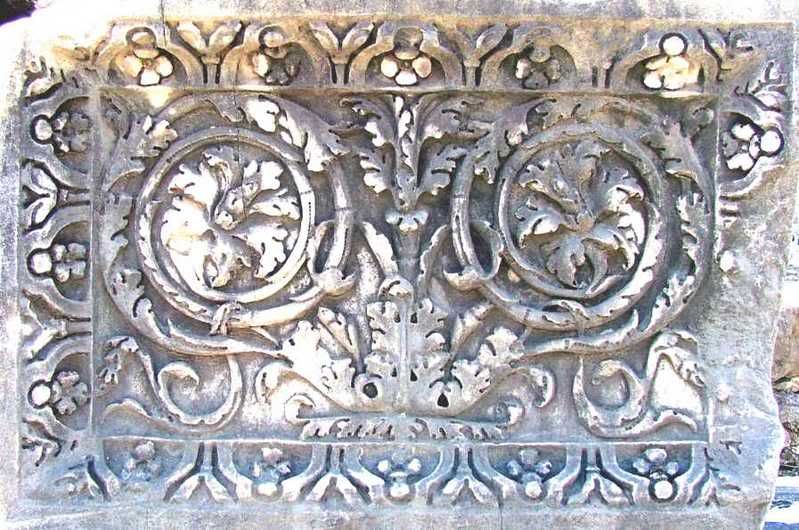
![]()
![]()
![]()
|
This is a detail looking up under the Arch of Titus, 81 AD I believe.
Barry Hands
9/30/2006 1:59:11 PM
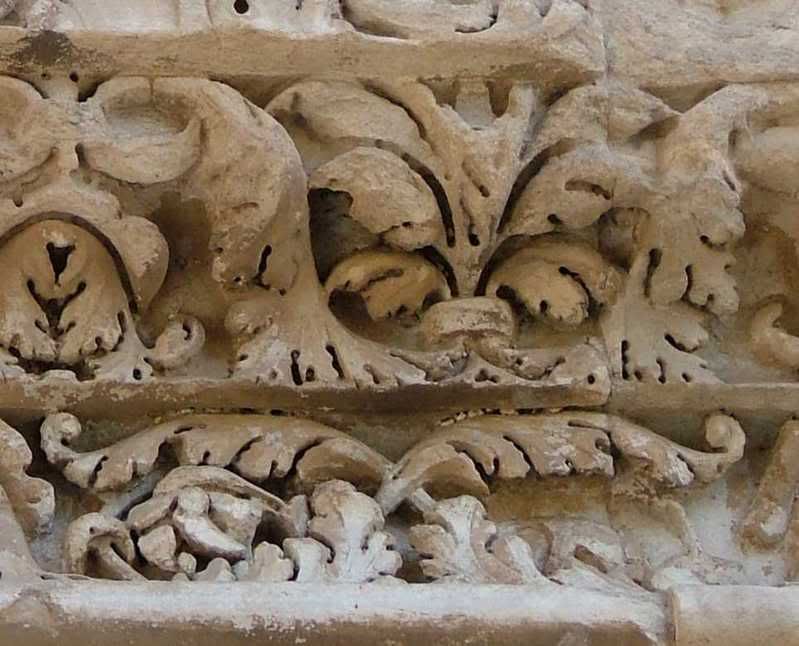
![]()
![]()
![]()
|
This is a piece from rome which I was told was from 100 AD or there abouts. It clearly shows elements we can still see in black leaf.
Barry Hands
9/30/2006 2:02:03 PM

![]()
![]()
![]()
|
Barry Hands
9/30/2006 2:03:03 PM
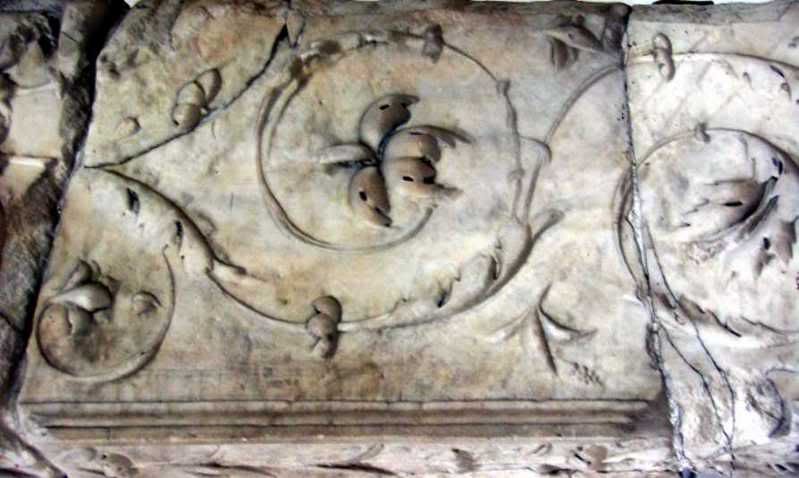
![]()
![]()
![]()
|
Speaking of arabesque tessellations, this photo I took is about 5 feet of a twelve foot tall door, installed in the 1300's in the Hassan mosque in Cairo.While I was there my guide told me Ayman al-Zawahiri had studied in the Madrassa in this Mosque, and if anybody asked me where I was from, I should say "France". My Arab guide said I was the first American he knew of in that building since 9/11.My guide was nervous and tried to dissuade me from entering, but I was not going to let a few extremists interfere with my study of the history of ornament.
Barry Hands
10/4/2006 10:22:23 AM

![]()
![]()
![]()
|
Barry Hands
10/4/2006 10:24:43 AM

![]()
![]()
![]()
|
Barry Hands
10/4/2006 10:26:47 AM
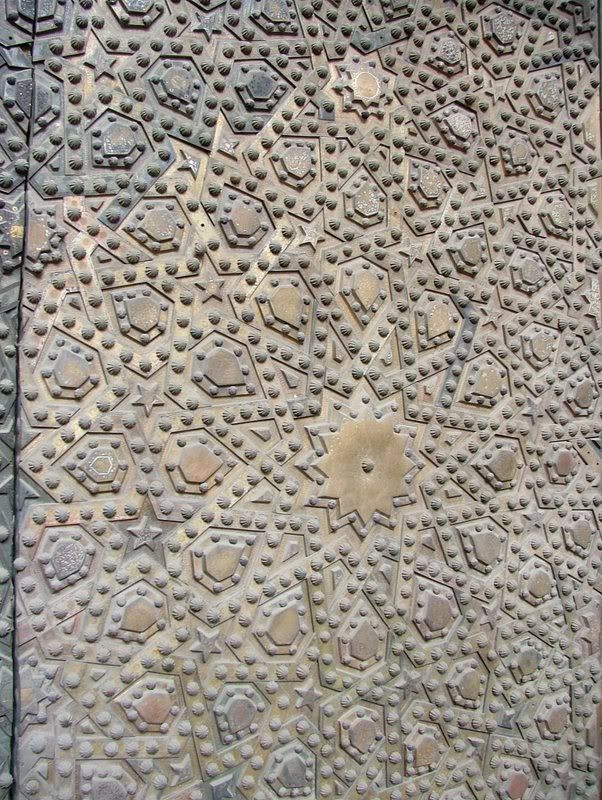
![]()
![]()
![]()
|
And here is a close up of one of the many small plates that make up the door. It is bronze with silver and gold inlay.
Barry Hands
10/4/2006 10:29:19 AM
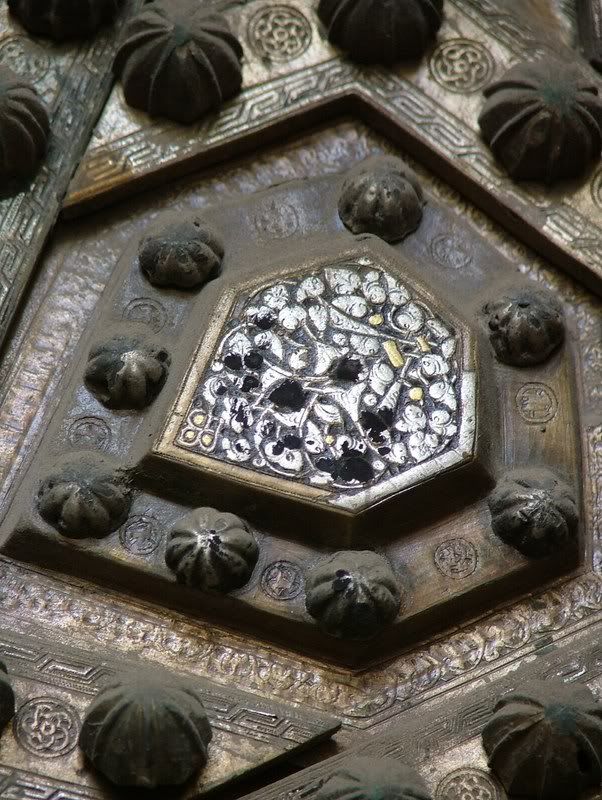
![]()
![]()
![]()
|
| Respond |

